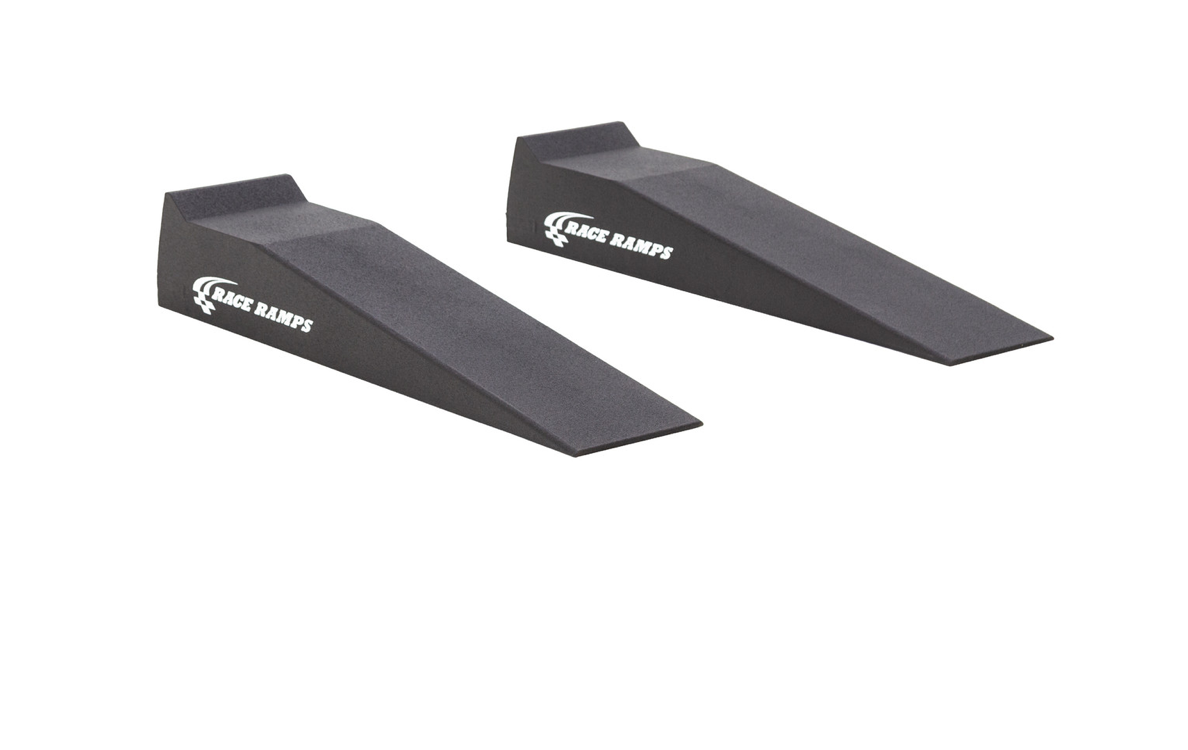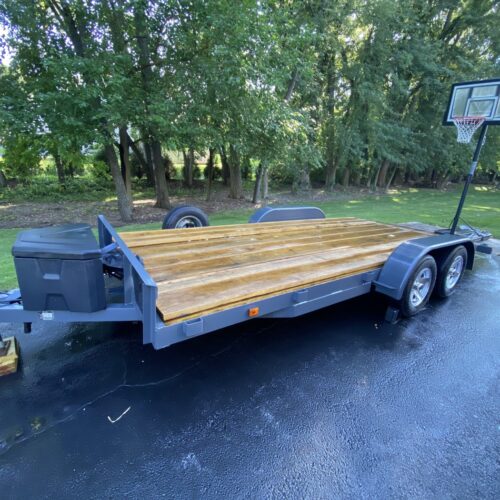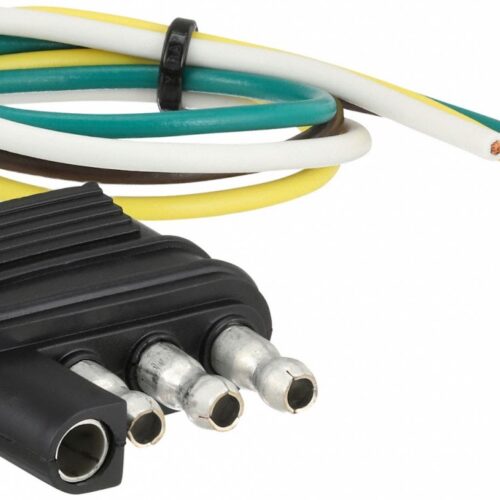Loading a car onto a trailer can be a daunting task, especially when dealing with vehicles that have low ground clearance. Scratches, dents, or even more severe damage can occur if not executed properly. Thankfully, advancements in automotive equipment have provided solutions to such challenges. One such innovation is the Race Ramps system, designed to make loading low-profile cars onto trailers a breeze. In this blog post, we’ll delve into the intricacies of using Ramps for loading vehicles with low ground clearance, exploring its benefits and providing valuable tips for a seamless loading experience.
Understanding the Challenge:
Low ground clearance vehicles pose a unique challenge when it comes to loading onto trailers. Traditional methods involving cumbersome jacks and wooden planks often prove inadequate and risky. These methods can potentially damage the vehicle’s undercarriage or cause accidents during loading or unloading.
The Role of Race Ramps
Enter Race Ramps – a game-changer in the realm of trailer loading. Constructed from a lightweight, yet incredibly durable material, they are designed to provide a safe and efficient solution for loading vehicles with minimal ground clearance. Their ergonomic design and non-slip surface offer stability and peace of mind during the loading process.
Benefits of Using Race Ramps:
- Gentle Approach Angle: The Ramps feature a gradual incline, allowing vehicles to ascend onto trailers smoothly without scraping the undercarriage.
- Lightweight and Portable: Unlike traditional ramps or lifting equipment, Race Ramps are lightweight and easily portable, making them ideal for use in various locations.
- Superior Durability: Crafted from high-quality materials such as reinforced plastic, Race Ramps boast exceptional durability, ensuring long-term reliability.
- Non-Slip Surface: The ramps are equipped with a non-slip surface, preventing slippage and enhancing safety during loading and unloading procedures.
- Versatility: Race Ramps come in various sizes and configurations, catering to different vehicle types and trailer setups.
Tips for Using Race Ramps Effectivley:
- Choose the Right Ramp: Select Race Ramps that are compatible with your vehicle’s specifications and trailer setup. Consider factors such as weight capacity and ramp angle.
- Positioning: Properly position the ramps in alignment with the trailer’s loading area, ensuring a seamless transition onto the trailer bed.
- Secure the Ramps: Use wheel chocks or other securing mechanisms to prevent the ramps from shifting during the loading process.
- Test the Setup: Before driving onto the ramps, conduct a visual inspection to ensure stability and proper alignment.
- Maintain Caution: Exercise caution and drive onto the ramps at a steady, controlled pace. Avoid sudden accelerations or sharp turns that could compromise safety.
Loading a low ground clearance car onto a trailer doesn’t have to be a nerve-wracking experience. With the innovative Ramps system, enthusiasts and professionals alike can tackle this task with confidence and ease. By leveraging the benefits of Race Ramps – including their gentle approach angle, lightweight design, and superior durability – loading vehicles onto trailers becomes a seamless process, free from the risks associated with traditional methods. So, the next time you’re gearing up for a track day or transporting your prized automobile, trust in Race Ramps to elevate your loading experience to new heights.




